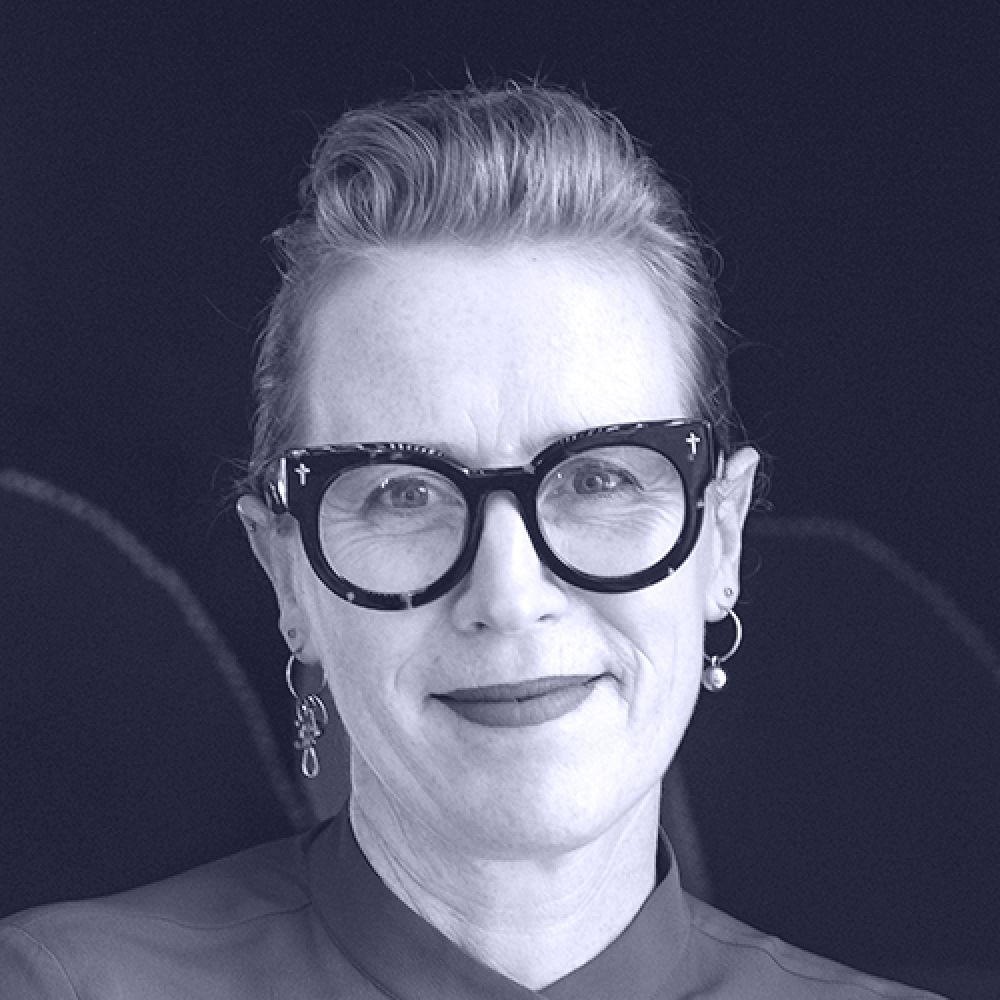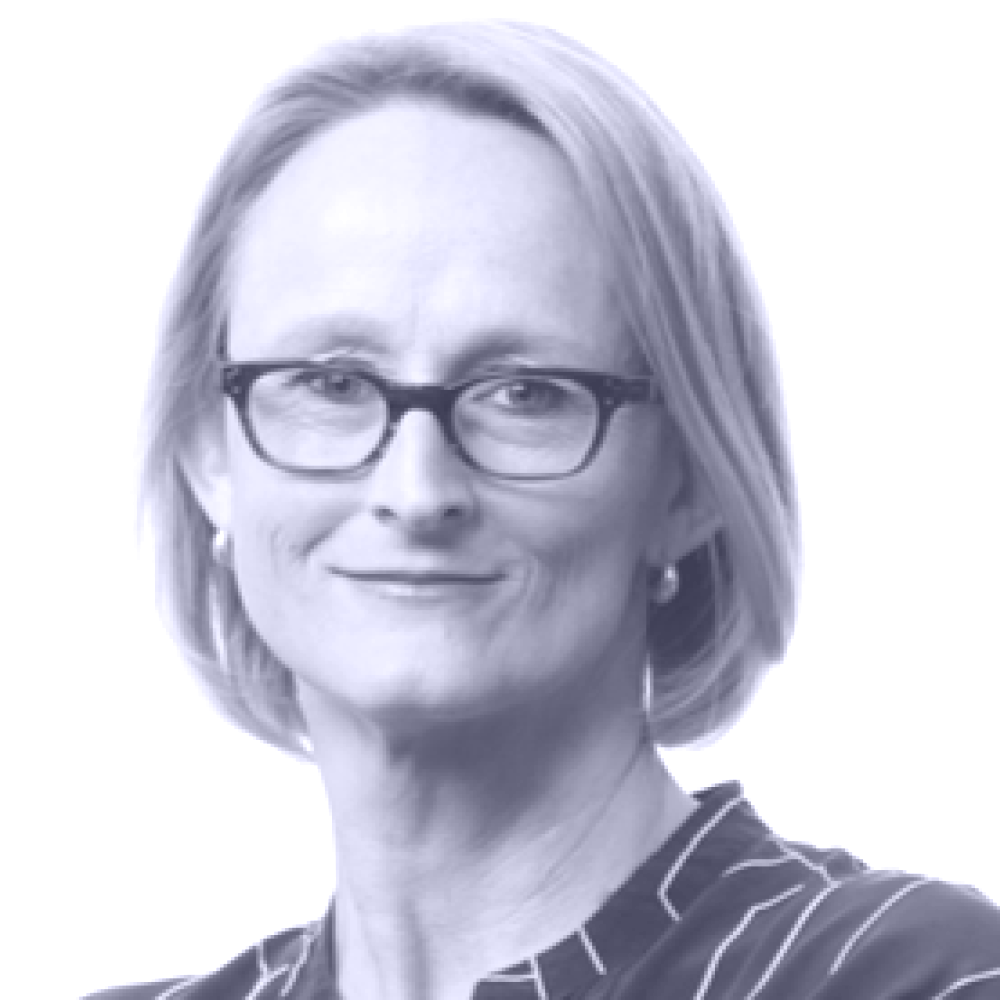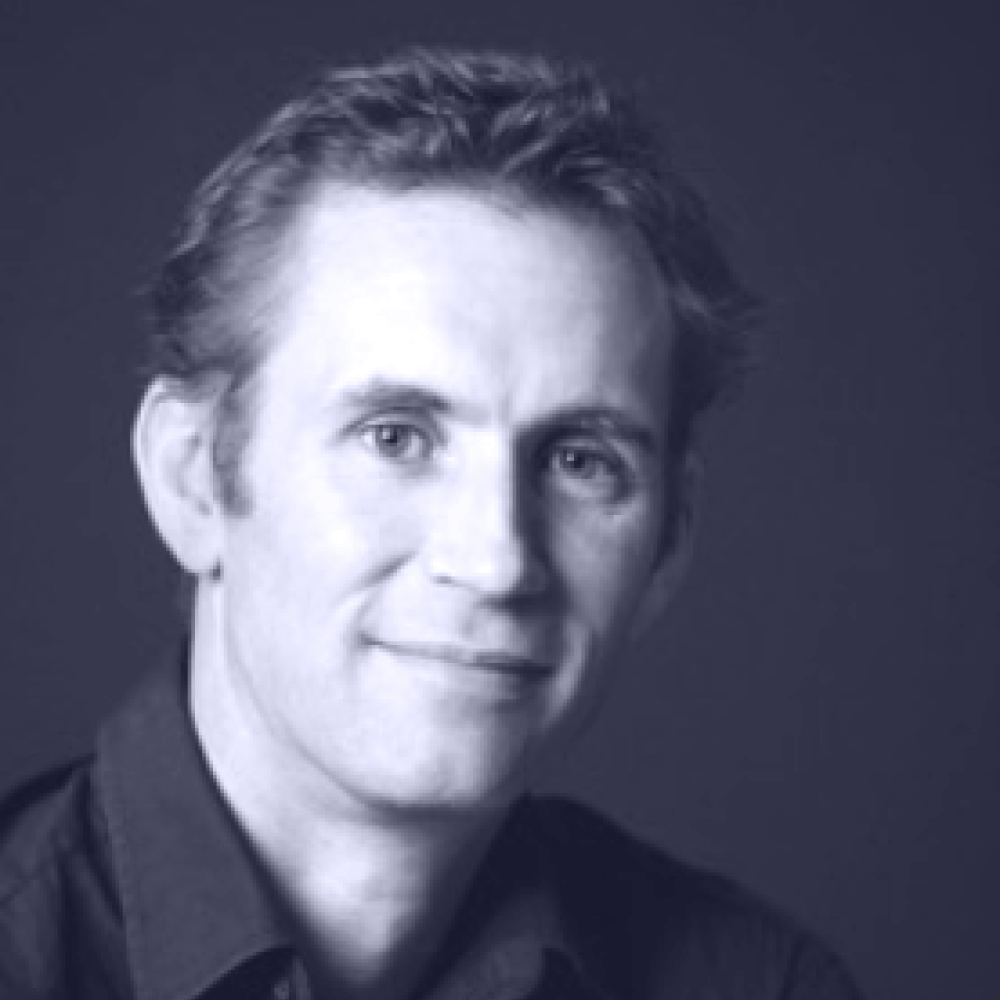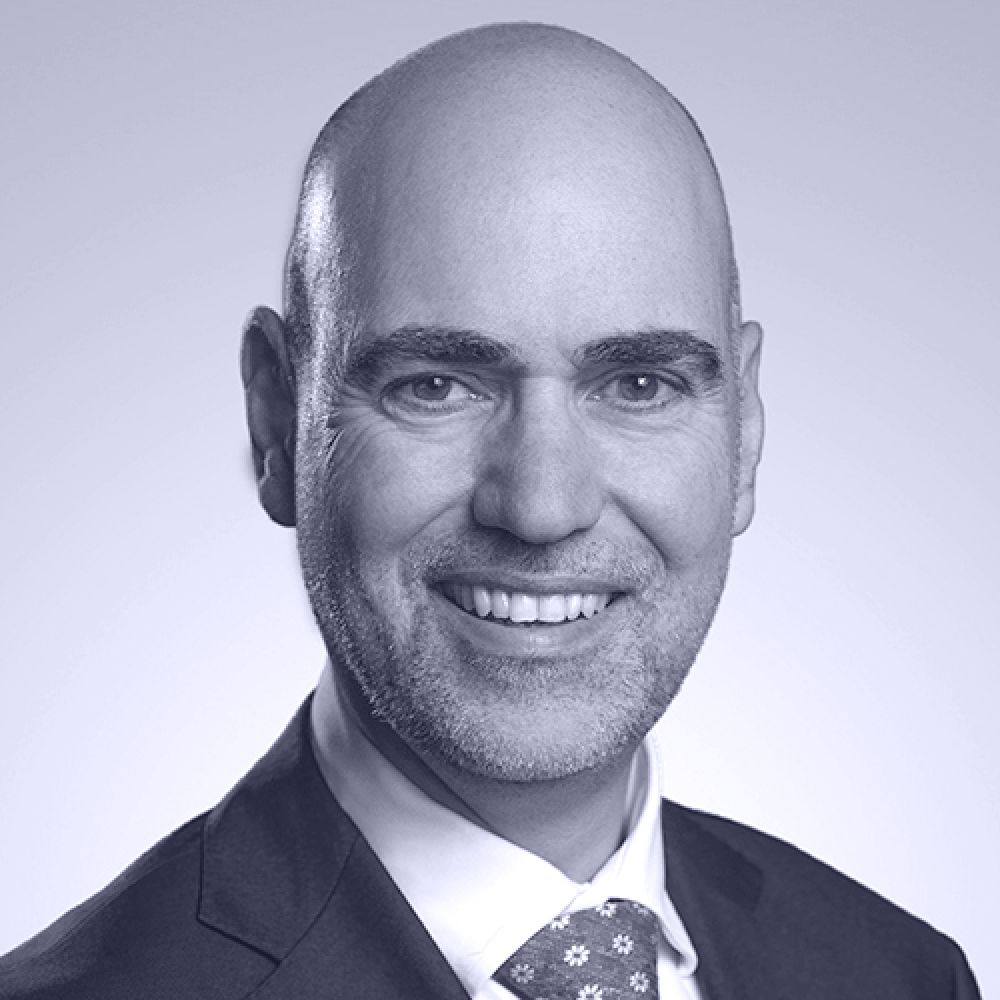Details.
When
Tuesday 25 October 2016
8.45am – 5.00pm
Where
Warrane Theatre
Museum of Sydney
Corner of Phillip Street and Bridge Street,
Sydney NSW
— Google Maps
Tickets
Ticket sales for this event are closed.
Program Info
The Health Care / Health Design forum brings together Australasia’s leading practitioners, researchers, administrators and clinicians to discuss issues, share their experiences and speculate on possible futures for health design and healthcare.
Partners
Health Care / Health Design 2016Supporting Partner
Earn CPD Points
Presenting Partner
Download CPD Questions and Learning Outcomes
2016Healthcarehealthdesign FullprogramContacts
Event & Sponsorship EnquiriesHeather Cotton
Project Manager, Awards and EventsProgram.
- 8.45 am Arrival and seating
- 9.00 am Welcome from Cameron Bruhn, editorial director, Architecture Media
-
9.15 am
Keynote Address
Ronald Hicks
Principal and Director of Health and Research, HDR | Rice Daubney (Sydney) -
John Grealy
Director, Architectus (Brisbane) -
9.55 am
Case Study: Karratha Super Clinic
Emma Williamson
Practice Director, CODA (Perth) -
10.10 am
Case Study: Paling Court
Connie Argyrou
Senior Associate, Jackson Teece Architects (Sydney) -
10.25 am
Q&A
With Ronald Hicks, John Grealy, Emma Williamson and Connie Argyrou - 10.45 am Morning tea
-
11.15 am
Keynote Address
Seow Kin Yong
Director, Facilities Development, SingHealth (Singapore) -
11.55 am
Panel Discussion
Susie Pearn (Aurecon) (chair), Seow Kin Yong and Julian Ashton (BVN), with questions from the audience -
12.15 pm
Keynote Address
Eve Edelstein
Director, Human Experience Lab, Perkins+Will (USA) - 1.00 pm Lunch break
-
2.15 pm
Case Study: Central & Cecil
Ian Lomas
Partner, Make Architects (Sydney) -
2.30 pm
Keynote Address
Kristen Whittle
Executive Director, Bates Smart (Melbourne) -
Aija Thomas
Director, Silver Thomas Hanley (Melbourne) -
3.10 pm
Panel Discussion
Stefano Scalzo (Department of Health & Human Services) (chair), Eve Edelstein, Ian Lomas, Kristen Whittle and Aija Thomas, with questions from the audience - 3.45 pm Closing comments from Cameron Bruhn, editorial director, Architecture Media
- 4.00 pm Closing drinks
- 5.00 pm Event closes
- Download CPD Questions and Learning Outcomes
Keynote Addresses.
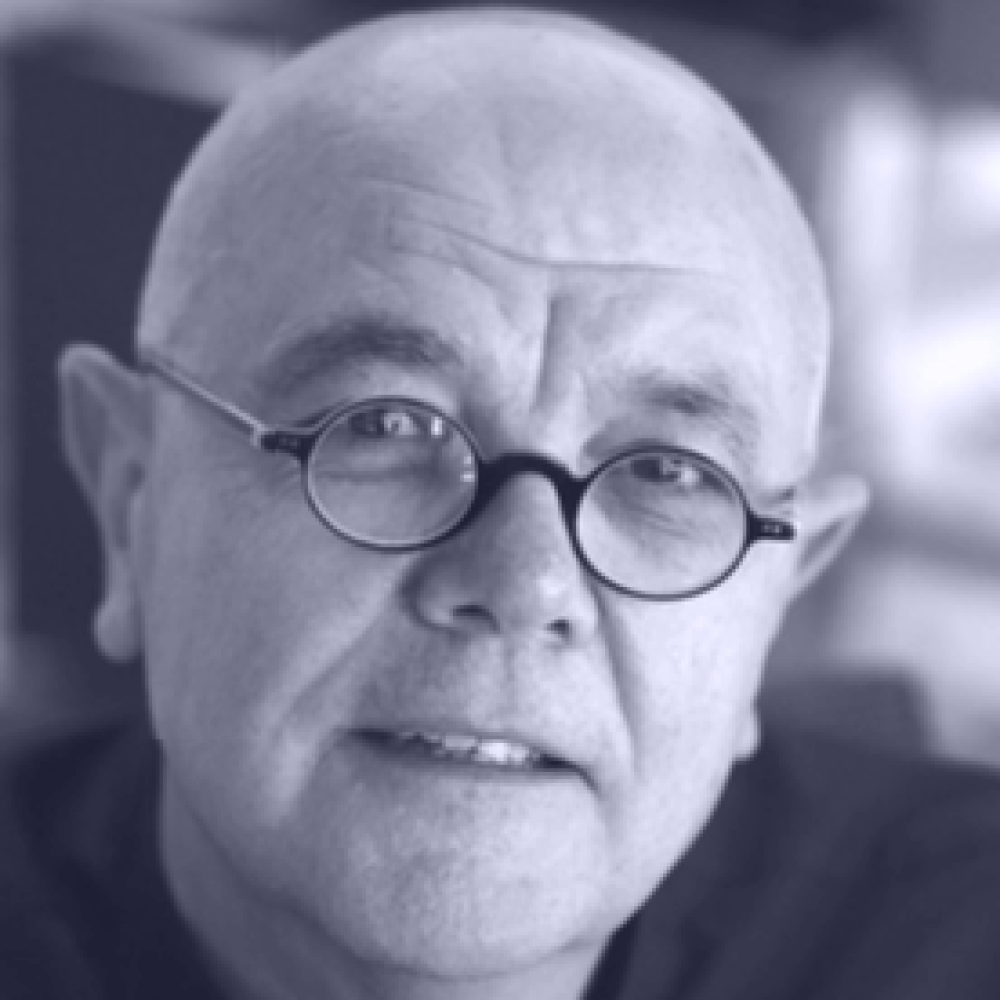
Sunshine Coast University Hospital: A Queensland First – Public Hospital Delivered Through Public Private Partnership
Presented by
Ronald Hicks, Principal and Director, Health and Research, HDR | Rice Daubney
Sunshine Coast Architects (a joint venture between Architectus and HDR | Rice Daubney) is working with Lend Lease to deliver the 160,000-square-metre Sunshine Coast University Hospital (SCUH) – Australia’s largest greenfield hospital. The new hospital was developed as part of a twenty-hectare integrated health campus. The design is set to deliver a new benchmark in integrated research and training facilities and patient-centred care. It will also provide a desirable workplace for the Sunshine Coast community.
The design vision for SCUH was to reflect the Sunshine Coast way of life: climatically idyllic and welcoming. The hospital is planned to open in April 2017 with 450 inpatient beds, expanding to 738 by 2021. It will offer a wide range of tertiary-level care, including a mental health unit, emergency department, comprehensive cancer centre, specialized medical and surgical services, maternity service, rehabilitation service, renal service, women’s and children’s health, and interventional and diagnostic services – including nuclear medicine.
Construction of the public hospital began in October 2012.
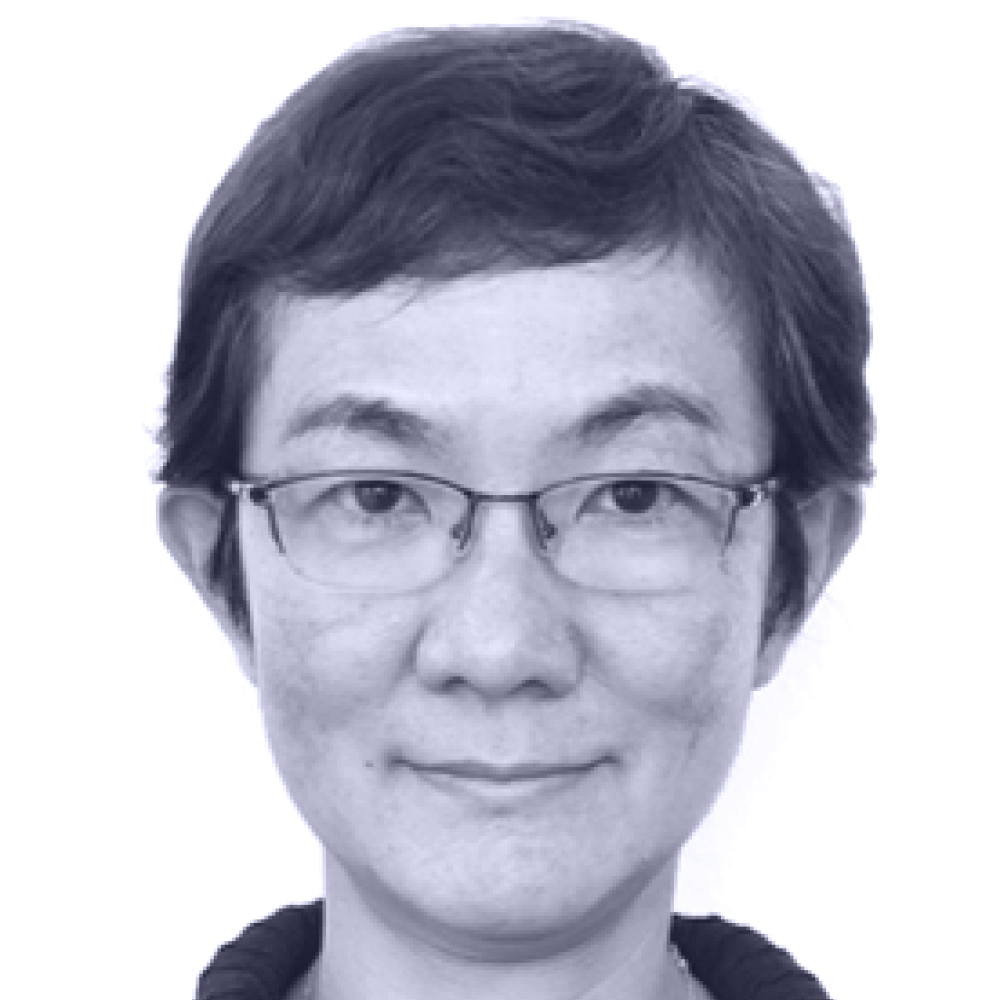
Old And New: Integrated Care In The Twenty-First Century
Presented by
Seow Kin Yong, Director, Facilities Development, SingHealth
Like many developed countries in the world, Singapore is facing the impending onslaught of a so-called “silver tsunami.” In the rapid ramp-up of healthcare facilities to cater for the escalating demand of an aging population, it is necessary for effective strategies to ensure that facilities are future-proof and meet the needs of a changing model of care setting. This model is moving away from a primarily acute setting to patient-centered integrated care, in order to rein in a drastic rise in healthcare costs, while maintaining a high standard of care.
How should healthcare design respond to such changing needs? What are the conflicting requirements that the design needs to cater for?
In her keynote address, Seow Kin Yong will discuss the necessary approaches in providing healthcare infrastructure that meets the current and future needs of the ageing population – balancing healthcare quality and costs from the perspective of an integrated health system and the physical infrastructure and design.
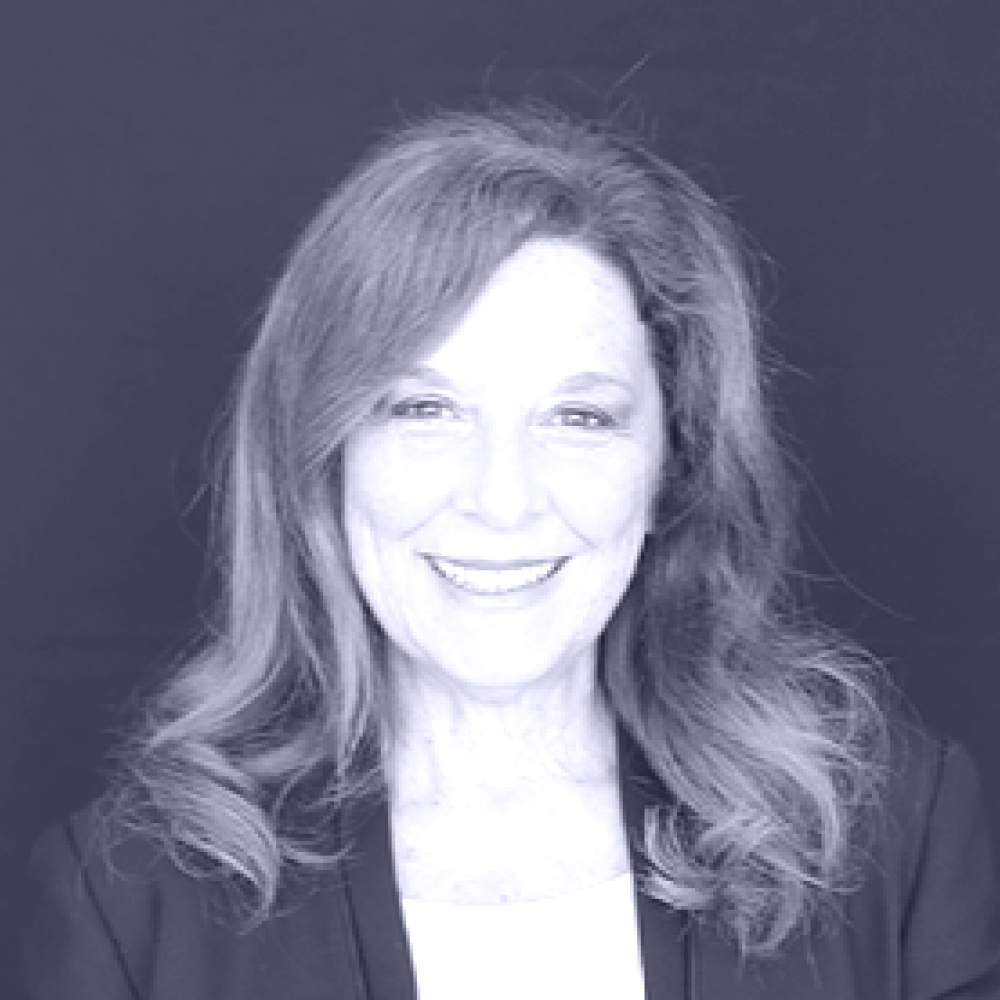
Neuro-Architecture
Presented by
Eve Edelstein, Director, Human Experience Lab, Perkins+Will
Translational research now offers the means for medical and scientific findings to clinically inform the design of healthcare settings. The growing field of neuro-architecture provides brain-based design principles that seek to improve outcomes – for the most fragile through to the most gifted of users. In concerts, fully-immersive virtual reality and visual and acoustic simulations, combined with wearable brainwave and heartrate biosensors, measure the influence of the built environment on the brain, body and behavior.
A practical translational design process will be described, incorporating research that reveals the interaction between buildings and the biological bases of mental, emotional and physical wellbeing. Examples of this applied-research-based approach include the programming and planning of two neuroscience institutes as well as both large and small scale built projects in the Americas and China that demonstrate the integration of original research in design decisions. Eve Edelstein will discuss the value of research-based design and how this approach may disrupt the process of architecture itself.

A New Hospital For Bendigo
Presented by
Kristen Whittle, Executive Director, Bates Smart
Silver Thomas Hanley and Bates Smart are part of the team developing the largest regional hospital development in Victoria. The $630-million Bendigo Hospital will be a state-of-the-art facility, providing high quality healthcare for Bendigo and the wider regional community. The project aims to create a tranquil and caring environment for staff, patients and visitors through its integration of architecture, landscaping, health service planning and evidence-based design.
The design for the new main hospital takes its cues from Bendigo’s vernacular buildings and natural context, and unites them with a holistic approach to healthcare. The design conceives the new hospital building and landscape as an integrated whole, where the built form reaches out and frames the garden setting and the landscape creates sanctuaries of internal tranquillity.
The new hospital, located on Barnard Street, will feature 372 inpatient beds, an integrated cancer centre, eleven operating theatres, and an eighty-bed integrated psychiatric inpatient unit, including a five-bed mother-and-baby unit. The main building is linked to facilities on the Lucan Street site via a pedestrian bridge. The adjacent site provides a conference centre, multi-deck car park, long- and short-term accommodation and a dedicated childcare centre, providing greater amenity to staff and patients.
Case Study Talks.
Karratha Super Clinic (Karratha, WA)
Presented by
Emma Williamson, Co-founder, The Fulcrum Agency
The Karratha Super Clinic acts as a hub for general practice, allied health, mental health and ancillary health services for the Pilbara region, as well as providing educational programs and clinical training in regional health.
The building combines the needs of both the local Indigenous population and the many fly-in fly-out workers that work in the region, and considers the social impact of remote living.
The design response combines best practice healthcare facility management with an understanding of the cultural values of Indigenous clients. In particular, the building responds to sensitivities around enclosed spaces, connections to the landscape and an understanding of cultural traditions for privacy.
The harsh climatic conditions of the Pilbara triggered the project’s shading strategy – a deep colonnade. This space is for circulation and waiting and allows clear visual connections through the facility. The striking use of colour internally and externally responds to the landscape and acts as an important wayfinding device within.
Paling Court (Camden, NSW)
Presented by
Connie Argyrou, Senior Associate, Jackson Teece Architects
Over the past ten to fifteen years, Jackson Teece Architects has worked with many different aged care providers to deliver a high standard of built work in the aged care market.
Carrington Centennial Care is an ongoing client with whom Jackson Teece Architects has developed a strong working relationship. Jackson Teece first started working with Carrington Centennial Care in 2008 on Grassmere Terrace aged care facility.
In this case study talk Connie Argyrou will focus on Paling Court, a residential aged care facility in Camden. This is a 126-room-facility with associated cafe, pharmacy, beauty salon and accommodation, located adjacent to two significant heritage buildings. The design focus was to provide a deinstitutionalized experience for the residents, through designing quality environments with domestic character, abundant natural light and views.
Paling Court was designed to deliver a high standard of care for the aged community, while being sympathetic to the site and surrounding built environment.
Central & Cecil (UK)
Presented by
Ian Lomas, Partner, Make Architects
Make is new to the aged care sector, but bring the same emphasis on sensory engagement to these projects that is a focus in its other work, including homes and hotels. Discussing a project currently in development in London, Ian Lomas will explore the design process and journey that the Make team embarked on. He will also reflect on the position of this project within the practice’s residential and hotel work, and within the United Kingdom market – where aged care provision now begins before retirement and develops into full care, ideally within the same building and community.
Panellists.
Stefano Scalzo
Executive General Manager, Investment Planning, Victorian Department of Health
Stefano Scalzo is the executive general manager, investment planning at the Victorian Department of Health, where he identifies the health infrastructure pipeline for the state. He is the “architect” behind most Victorian health, mental health and public sector aged care projects committed to by government over the past few terms.
In 2015, Stefano was awarded a prestigious Fiftieth-Anniversary Churchill Fellowship to research the designs of high-amenity mental health facilities developed over multiple levels; and in 2020, he graduated from the Australian Major Projects Leadership Academy, an initiative of the Victorian government in partnership with Oxford University.
Stefano Scalzo
Executive General Manager, Investment Planning, Victorian Department of Health
Stefano Scalzo is the executive general manager, investment planning at the Victorian Department of Health, where he identifies the health infrastructure pipeline for the state. He is the “architect” behind most Victorian health, mental health and public sector aged care projects committed to by government over the past few terms.
In 2015, Stefano was awarded a prestigious Fiftieth-Anniversary Churchill Fellowship to research the designs of high-amenity mental health facilities developed over multiple levels; and in 2020, he graduated from the Australian Major Projects Leadership Academy, an initiative of the Victorian government in partnership with Oxford University.




